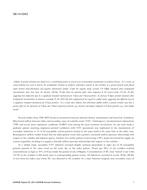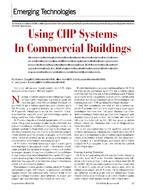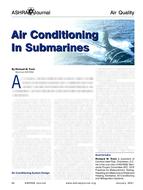This paper compares two moisture models in the context of residential whole-building simulations — the effective moisturepenetration depth (EMPD) model and the effective capacitance (EC) model. Previous research has shown that the EMPD modelprovides a more physically realistic response to humidity-load fluctuations than the EC model. But it is unclear how the choiceof moisture model affects overall conclusions informing building design and equipment selection. In this study, the models areevaluated based on their ability to predict relative humidity, predict energy use, and to select HVAC equipment. Whole buildingsimulations indicate that the EC and EMPD models are not equivalent, and that combining the capacitance of the building materialswith the indoor air capacitance in the EC model is the root cause of this discrepancy. It means that the EC model cannotdampen humidity loads of different frequencies. This study also showed that a simulation using a certain value of EC in one citycan agree with the EMPD results, but that the same EC value in a different city may not agree with the EMPD results. However,the results showed that some conclusions drawn from simulations using the EMPD model and the EC model may often be thesame, even if the results differ.
Presented at Thermal Performance of Exterior Envelopes of Whole Buildings XII, December 2013
Citation: Thermal Performance of Exterior Envelopes of Whole Buildings XII
Product Details
- Published:
- 2013
- Number of Pages:
- 13
- File Size:
- 1 file , 4.1 MB
- Product Code(s):
- D-BldConf13-63


